RBI considering setting up Public Credit Registry in India; financial inclusion for MSMEs to improve
Updated: Jul 07, 2017 06:39:50am
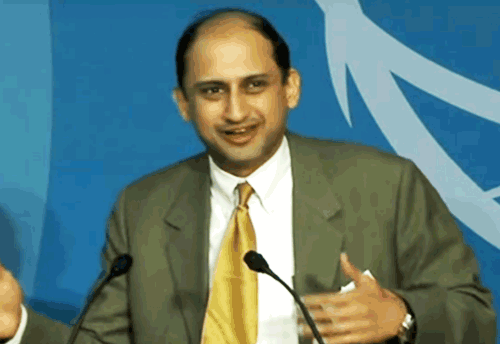
RBI considering setting up Public Credit Registry in India; financial inclusion for MSMEs to improve
Mumbai, July 7 (KNN) The Reserve Bank of India (RBI) may consider setting up a Public Credit Registry (PCR), which will be an extensive database of credit information for India that is accessible to all stakeholders. This would not only help promote financial inclusion in MSMEs, but also reward the good borrowers thereby imparting credit discipline, said Viral Acharya, Deputy Governor, RBI.
He was speaking on the topic ‘A Case for Public Credit Registry in India’ at the 11th Statistics Day Conference held at Reserve Bank of India, Central Office in Mumbai.
On how a Public Credit Registry can help in India, Acharya said it is required to improve the credit culture in our country. It has been demonstrated in the ‘Doing Business 2017’ report that credit information systems impart transparency in the credit market, following which access to credit improves and delinquencies decrease.
At present, several Indian banks burdened with mounting NPAs appear less confident in taking credit decisions. A transparent public credit registry would help the bankers to rely on objective data for making credit decisions and also enable them to defend their actions with market evidence when subjected to scrutiny.
“Large borrowers get a preference in credit markets due to their existing credentials in the public space. They have established credit history, brand value, and supply of collateral. In contrast, small and marginal aspirants, start-ups, new entrepreneurs, and small businesses in micro, small and medium enterprises (MSME) sector are disadvantaged as they lack many of those desired qualifications for credit,” he said.
Transparency of credit information would serve as“reputational collateral” for such borrowers. This would not only help promote financial inclusion, but also reward the good borrowers thereby imparting credit discipline.
“We just have to look at our willingness to transact on eBay to understand how reputation builds up for effectively anonymous sellers from their transaction records captured on a website. Similarly, public credit registry would help create a level-playing field among different sizes of borrowers,” he said.
Thirdly, Acharya highlighted that public credit registers in many countries have gone beyond the credit relationship of borrowing entities with financial institutions. They tap other transactional data of borrowers including payments to utilities like power and telecom for retail customers and trade credit data for businesses.
“Why might such data help? Lenders in the formal sector often hesitate to extend a line of credit to new customers due to the lack of credit scores. Regularity in making payments to utilities and trade creditors provides an indication of the credit quality of such customers. In turn, credit from the formal sector can become accessible to new borrowers, boosting financial inclusion. As a side benefit, the extent of financial inclusion will likely become more precisely measurable for policy makers,” he said.
RBI Deputy Governor stresses that public credit registry can have a profound impact for regulatory purposes. In its absence, only fragmented images are available of credit behaviour and indebtedness.
PCR will help in getting to a complete picture that is necessary for supervisors and policy makers to assess credit risk of the entire system. To facilitate this, the PCR must cover the following aspects of the credit data.
First, the bank-borrower loan-level data detailing loan terms at time of origination along with data on borrower’s economic and financial health.
Second, the internal and external ratings (or credit scores) and their evolution, and where applicable, market-based measures of firm-level and sector-level credit risks.
Third, bank-borrower loan-level restructuring data with all details.
Fourth, secondary loan sales and price information. Fifth, borrower-debt level Default and Recovery (LGD) data. This would be a good start!, Acharya said. (KNN Bureau)

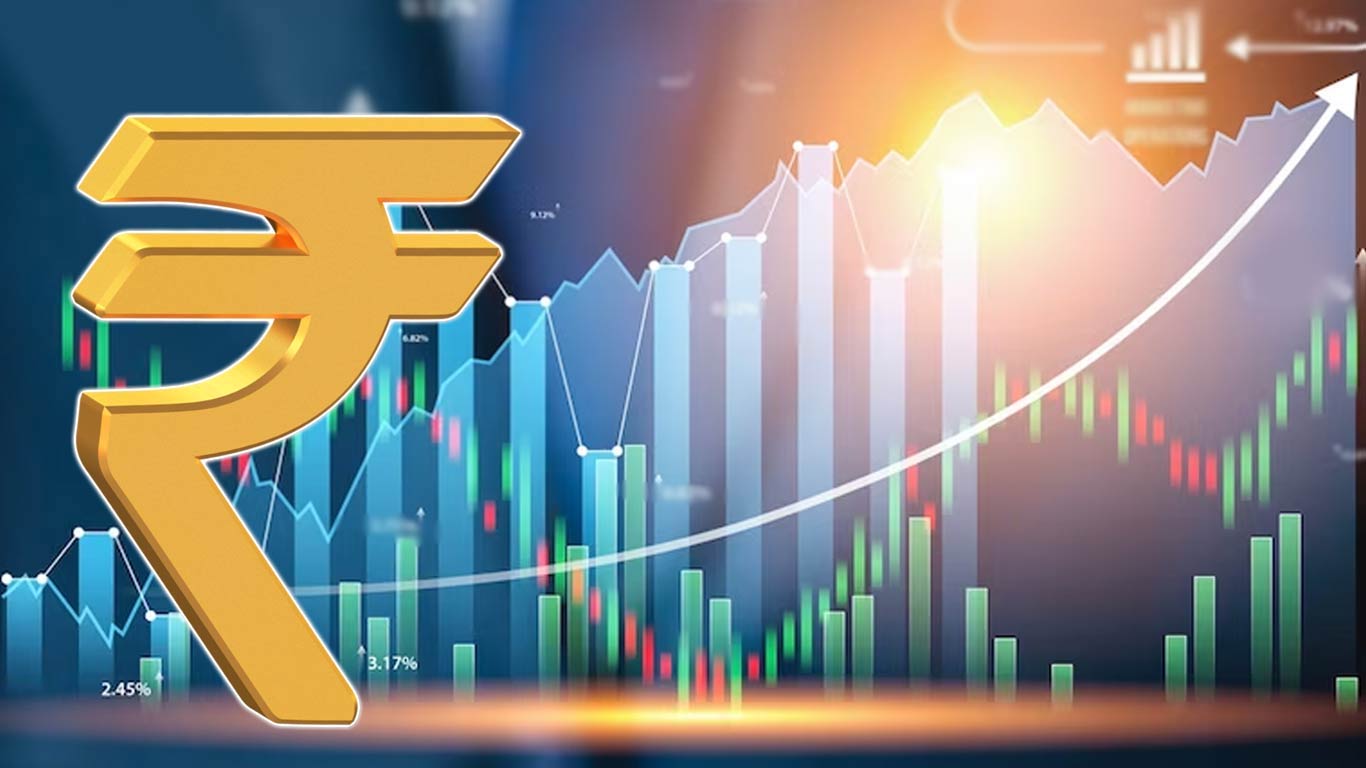
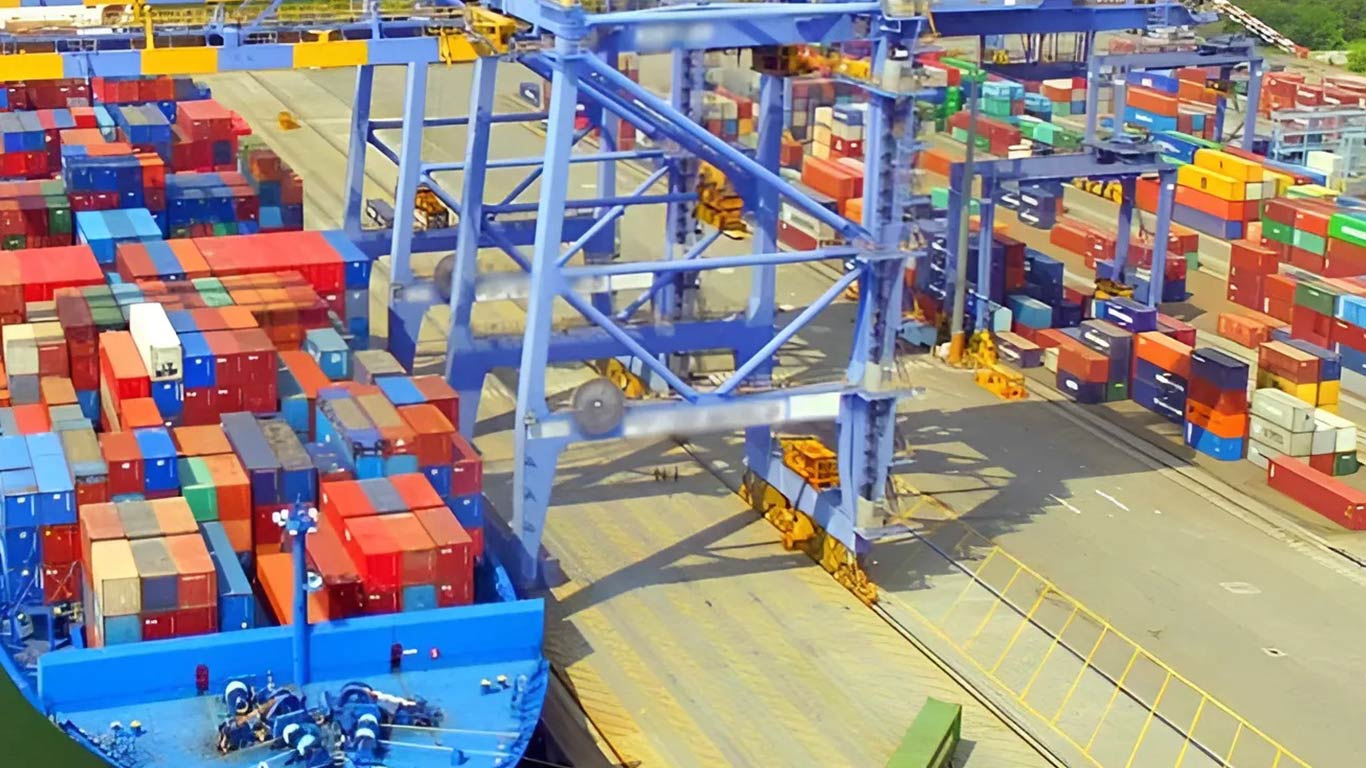

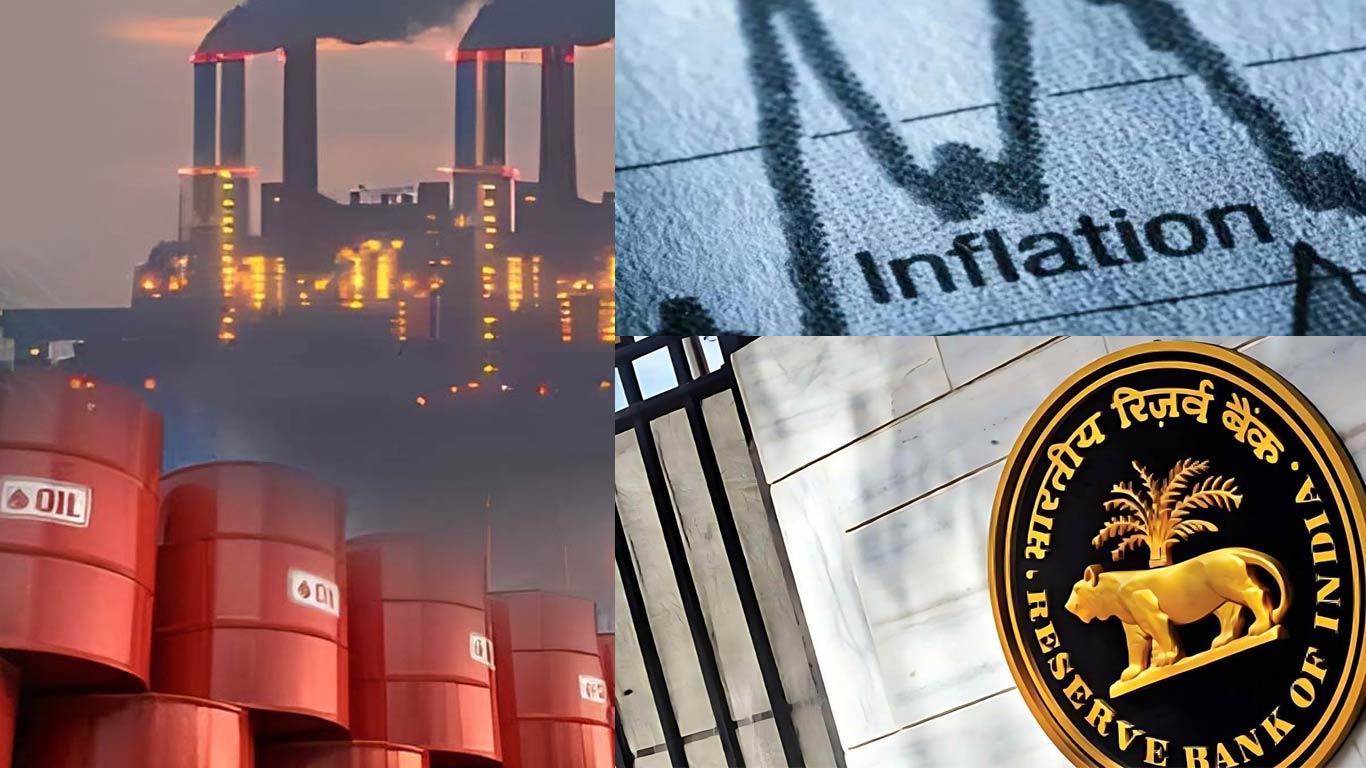
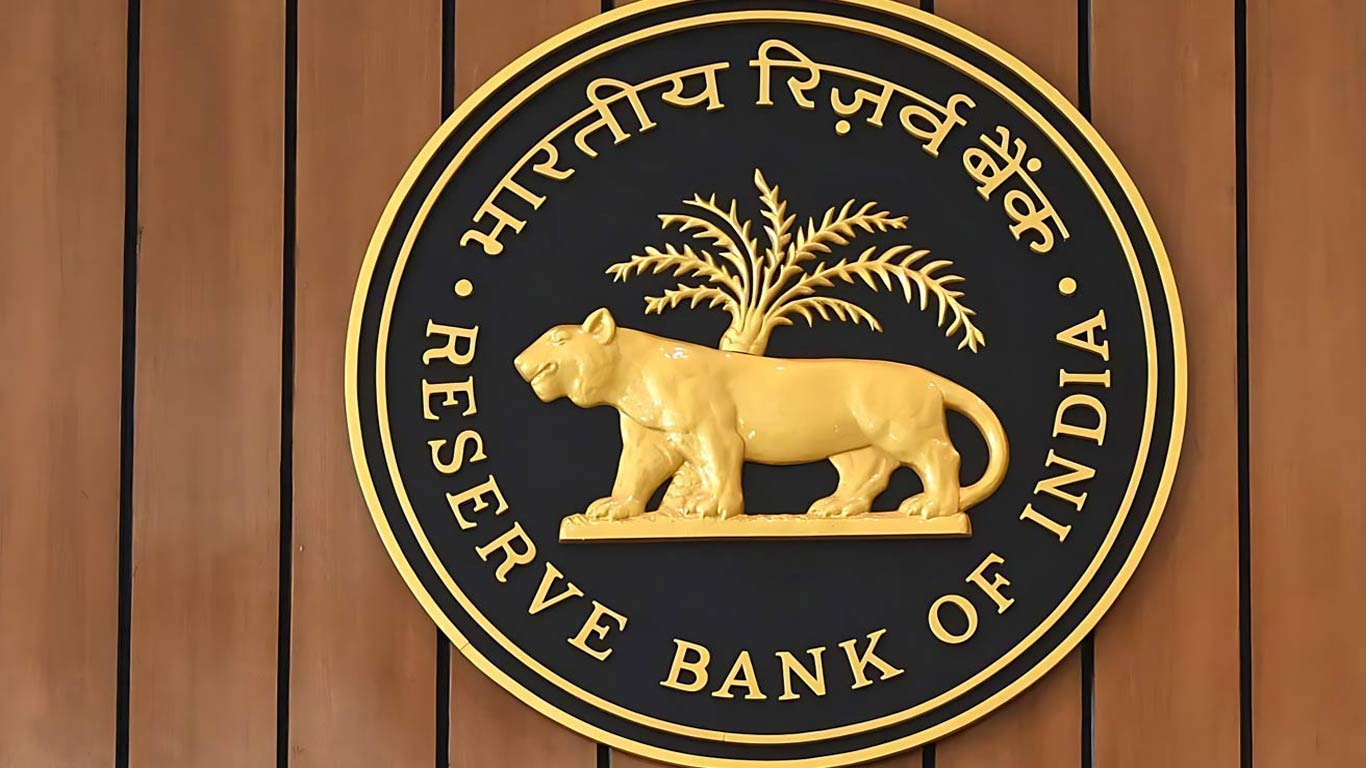





